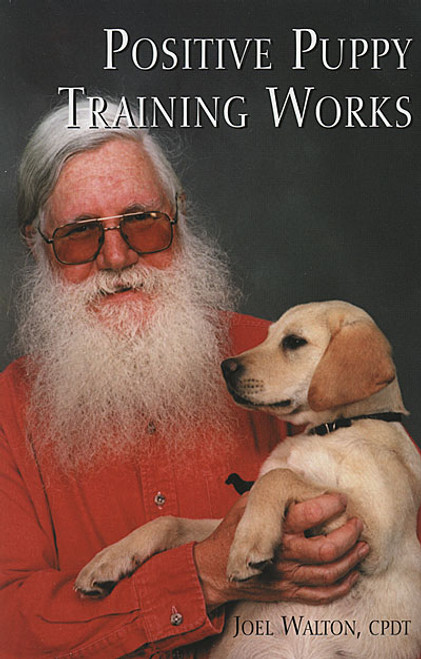Excellence in Tracking through Component Training
Successful competitive tracking requires the development of a large number of skills on the part of both the dog and the handler. A dog comes equipped with fabulous scenting abilities but must learn to follow a track in many types of weather, over a variety of surfaces, while encountering all sorts of distractions. A handler must learn how to read his dog, know when to stop and let his dog get back on track, and keep his dog motivated. Author Ed Presnall has developed his Component Training method to help a tracking team break down the dozens of challenges they will face in training in order to achieve the coveted Tracking Dog Excellent title.
You will learn:
To watch for something different, the subtle clues your dog gives you while tracking, so you can react in a way to help your dog.
All of the rules and regulations you need to know in order to compete in TDX.
Specific training plans for start, obstacle and transition components you will encounter in TDX.
To not be the dope on a rope, but rather an active partner with your dog while tracking.
What to expect when encountering different types of ground cover and weather.
Praise for Component Training for TDX
Ed's book brings the owner up to speed and gives you homework that will keep your dog interested AND learning AND still making it fun for both of you! I have watched more people cause their failure in a test so that I agree with Ed that 95% of the dogs failing a tracking test, do so due to the handler. With this book, you can increase your chances of passing significantly!
Mary Thompson, AKC Tracking Judge
The success I have enjoyed in tracking with my Dalmatians is directly attributable to the wealth of knowledge I have taken from Ed Presnall's seminars and training manuals. He is the undisputed source of solid information and effective technique.
Linda McSherry, CT CH Patch Mt's About Time Am/Can, CPC, CGC,CD, RE, OA, NAJ, VCD1
Author Ed Presnall is the author of Mastering Variable Surface Tracking: The Component Training Approach and 8 other books, creator of the Component Training method, founder of Camp Pawmark, The Ultimate Tracking Experience and a tracking judge for all levels. He lives with his dogs in Kerrville, Texas.
Click here to view an excerpt.
1 Review Hide Reviews Show Reviews
-
Component Training for TDX
Although this book has been written with the American tracking qualification of TDx in mind this should not deter potential readers from the UK considering this test consists of a track 800 – 1000 yards in length with 5 – 7 corners aged from 3 – 5 hours old and four articles with a couple of cross tracks. This is not necessarily a book for the complete beginner, as an understanding of the basic principles of tracking is required to get the best out of it. Ed starts by reminding readers that we require our dogs to modify their natural hunting and tracking skills to comply with a man made set of regulations; that a dog’s nose is capable of identifying the location of the articles on a “ticket” track whilst standing at the start however in order to qualify it needs to negotiate the track pattern and that tracking is a team sport. He then gives a brief outline of the various tracking tests around the world (not exhaustive). An explanation follow on how the basic training elements are the building blocks required to successfully complete a TDx track eg starts, corners, transitions and obstacles; longer v shorter tracks, complexity over distance as well as looking at blended and displaced scent, mistakes, handler positioning, tracking pace, why dogs fail, article indications and lead handling Playing games on the track, using baby steps, dragging toys using hand prints are all strategies he recommends to improve motivation. The importance of tracklaying skills and using landmarks, markers, maps and tracking logs is not overlooked as well as the routines that should be followed on starts, article indication, restarts and end of track. However for me the detailed section on how to deal with transitions between surfaces such as paths, roads short grass, earth, gravel, standing water, marsh as well as obstacles such as hay bales, snow, desert, leaves, crop, burned ground, logs, fences, crossings, woods was the most interesting; particularly if you train alone. I really enjoyed this book and although there are no startling revelations for the experienced I believe it would be a useful addition to the tracking enthusiast’s library as it contains reminders of what we may forget to do when preparing dogs for the rigours of competition.














